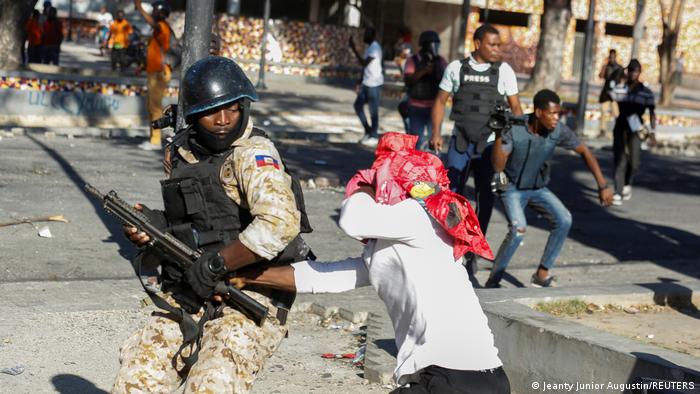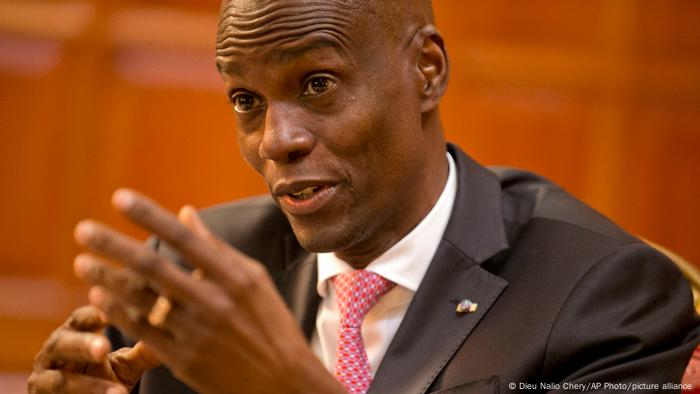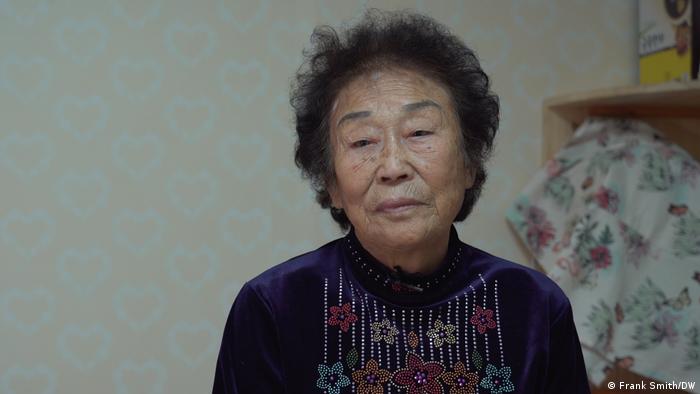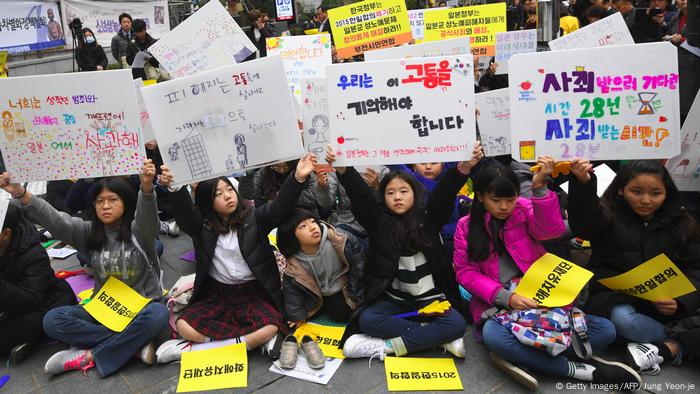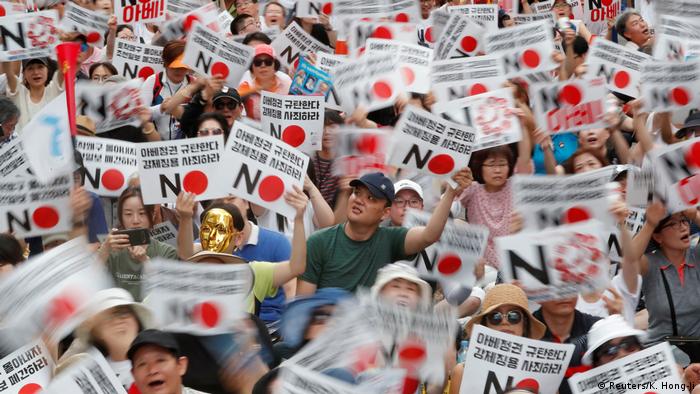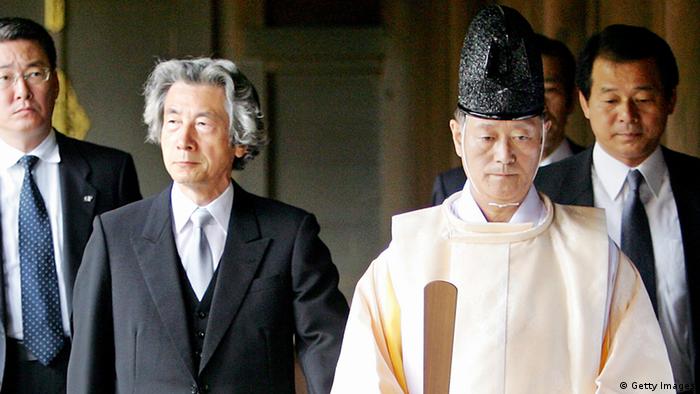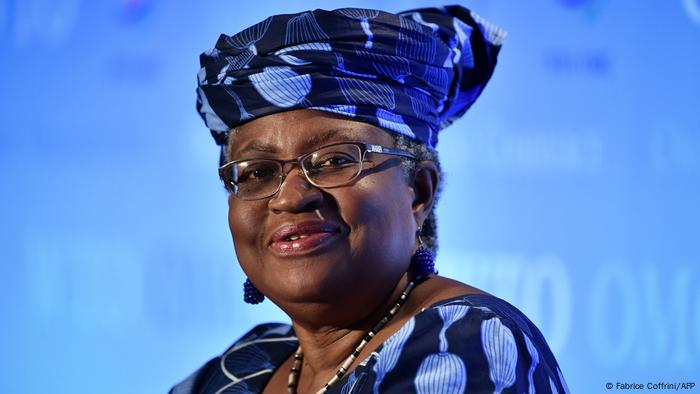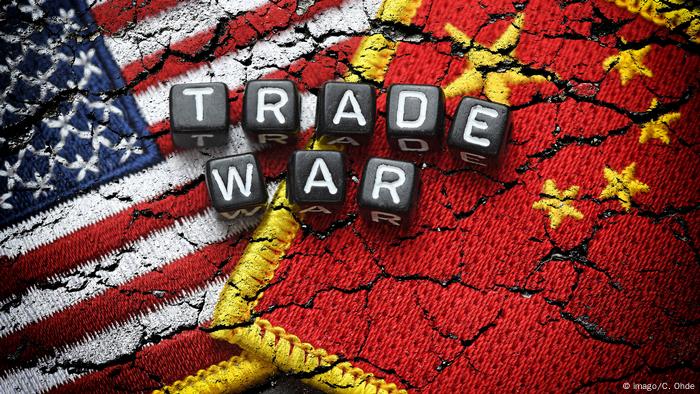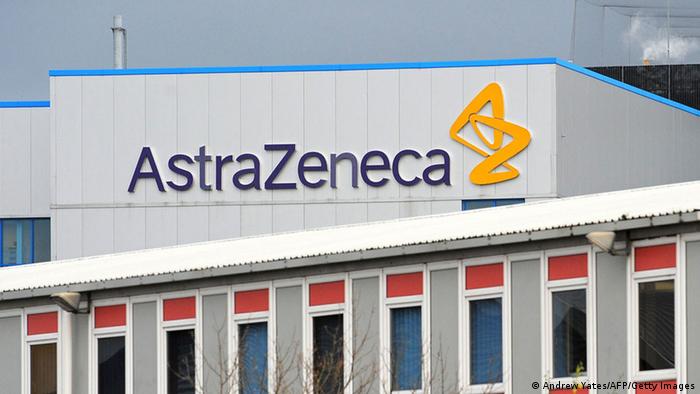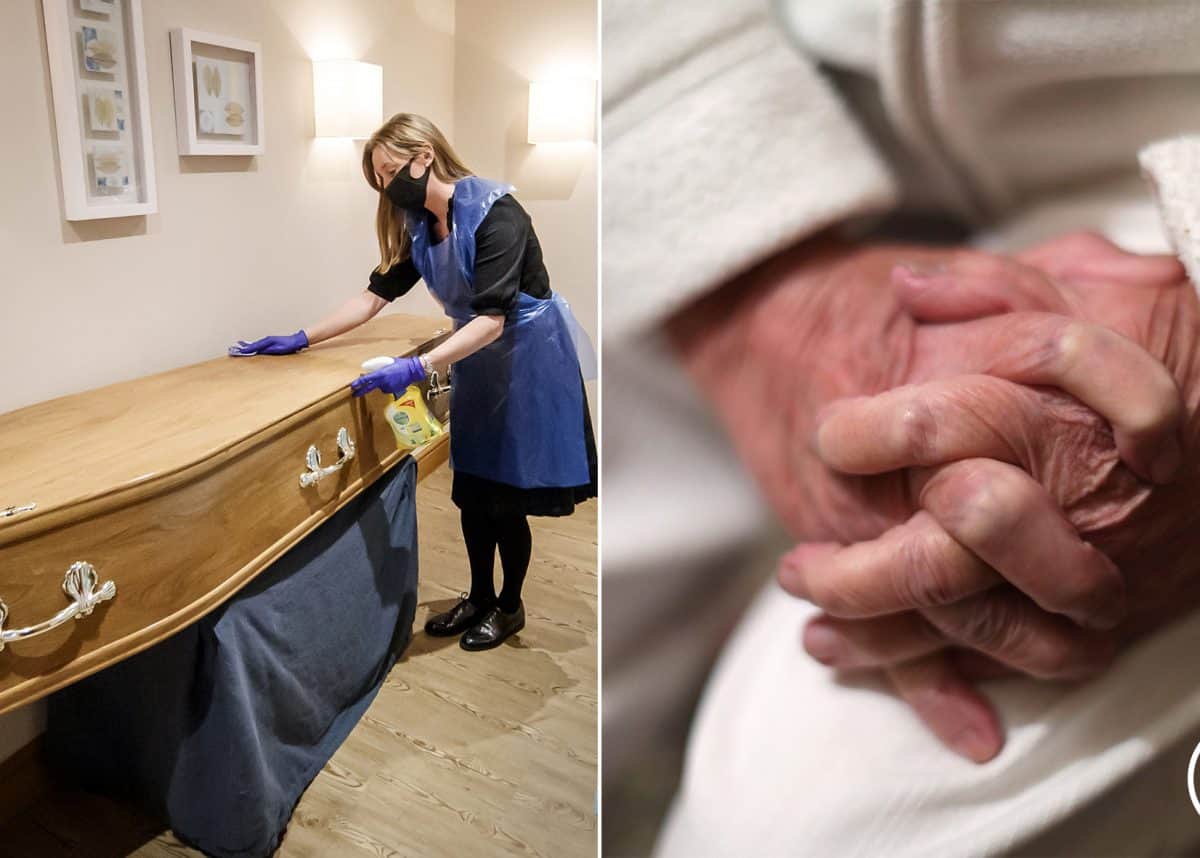Following the coup in Myanmar, a nationwide anti-junta protest movement is starting to take shape.
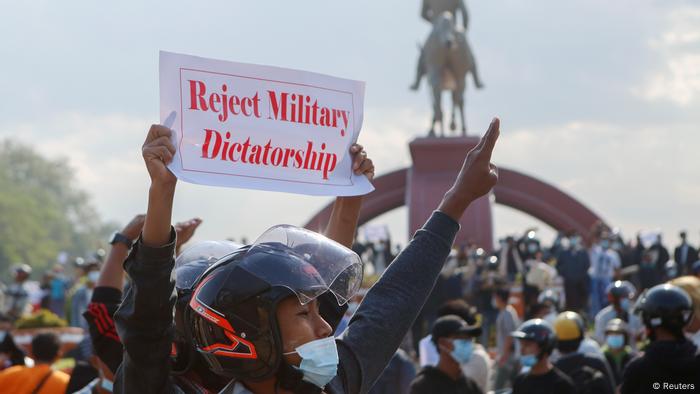
Protesters have taken to the streets across Myanmar for three days
It has been a week since Myanmar's military, the Tatmadaw, ousted the nation's democratically elected government and returned the country to military rule.
Widespread public animosity toward the military junta's negating of 10 years of civilian government now threatens to throw Myanmar into a protracted state of volatility, which is being exacerbated by rampant poverty and the coronavirus pandemic.
For three days in a row, demonstrators have taken to the streets of Myanmar's major cities, and the protests seem to be growing in intensity. On Monday, protesters in the capital, Naypyitaw, were met by police water cannons, and finally dispersed after authorities threatened to remove demonstrators by force.
State TV warned Monday that "action" would be taken against protesters who break the law.
Anti-junta protesters also took to the streets of the largest city, Yangon, where Buddhist monks in saffron-colored robes led demonstrations.
Thousands also demonstrated in the coastal city of Dawei in the southeast, and in the capital of Kachin state in the far north. Prominent activists are calling for a nationwide general strike.
During nationwide protests over the weekend that drew 10,000 people into central Yangon, the Tatmadaw disrupted communication across Myanmar to stifle protest organizers. Facebook, Twitter and Instagram were blocked, followed by a near-total internet shutdown.
Even though the internet blockade was lifted by Sunday evening, communication remains restricted around the country.
Protesters in Myanmar have been photographed holding up the three-finger salute, which has become a well-known symbol of resistance for the pro-democracy movement in neighboring Thailand.
They carry signs condemning military leader General Min Aung Hlaing, and shout: "We do not want a military dictatorship! We want democracy!"
Until now, the military has responded to protesters with relative restraint compared with Myanmar's last coup in 1988, or in 2007, when the Tatmadaw defeated the so-called saffron revolution led by Buddhist monks. The military crackdown on both of these protest movements ended up costing many lives.
Several thousand people are thought to have been killed in 1988. In 2007, 13 people were killed according to official numbers, however, Australian broadcaster ABC estimates the death toll to be several hundred.
Asking how the military will respond in 2021, Myanmar historian Thant Myint-U tweeted that "anything" is possible, given the army's track record in cracking down hard on resistance movements.
Several experts and residents in Yangon, who spoke to DW anonymously out of concern for their safety, said they fear that the situation will get worse and expect violent clashes between protesters and security forces.
Economic insecurity
Myanmar's economy has been hit hard by the coronavirus pandemic, and the military government said Friday it would begin concentrating on bringing the economy back to life.
Lockdowns deprived many day laborers of their livelihoods, and the pandemic also shut down Myanmar's vital tourism sector, while closing textile factories.
Now the military plans to reopen factories and resume domestic air travel, with hygiene measures in place. How they plan to accomplish this during the current state of emergency remains to be seen.
A study by the International Food Policy Research Institute (IFPRI) from November 2020 shows how the pandemic has affected food security in Myanmar.
"The study finds that food insecurity and inadequate maternal dietary diversity are sharply raising serious concerns for the nutritional status of mothers and young children," Bart Minten from IFPRI told DW,
The study also showed that income-based poverty increased from 16 to 63% between January 2020 and September 2020. Two-thirds of Myanmar's residents live on less than $1.90 (€1.60) a day, and 38% of all households in Yangon stated that they had no income in September 2020.
"COVID-19 is triggering a socio-economic crisis that is set to increase the number of poor children in the country by two million," UNICEF said in a statement.
Although the military wants to restart the economy, the coup could hurt economic activity by driving away much-needed foreign investment.
For example, the Japanese large brewery Kirin announced its withdrawal from Myanmar on Friday. More investors will surely follow if economic sanctions from the UN, the US or the EU are imposed.
Myanmar also has a history of economic crisis provoking protest. The 1988 crisis, which was followed by a coup, was essentially due to the miserable economic situation and an unannounced devaluation of banknotes.
Coronavirus adding to the problem
The coup and the ensuing demonstrations come as the coronavirus pandemic continues to rattle Myanmar and the country's weak and poorly equipped healthcare system.
The country has so far recorded around 141,000 cases and 3,168 deaths, although the number of new infections has recently declined thanks to a lockdown imposed in October 2020 by the former NLD government of Aung Sang Suu Kyi.
However, after the coup, it is uncertain who will lead the country's ongoing response to the pandemic.
On the day of the coup, the NLD's Health Minister Myint Htwe announced his resignation on Facebook.
Although he urged his staff to continue to serve the people, many doctors and nurses from state hospitals took part in a civil disobedience campaign after the coup and went on strike.
In any case, the gathering of thousands of people in protest could provide fertile ground for the virus to spread. Even if there isn't a violent crackdown by the military, a steep rise in coronavirus infections would be a high price to pay for opposing the junta.
